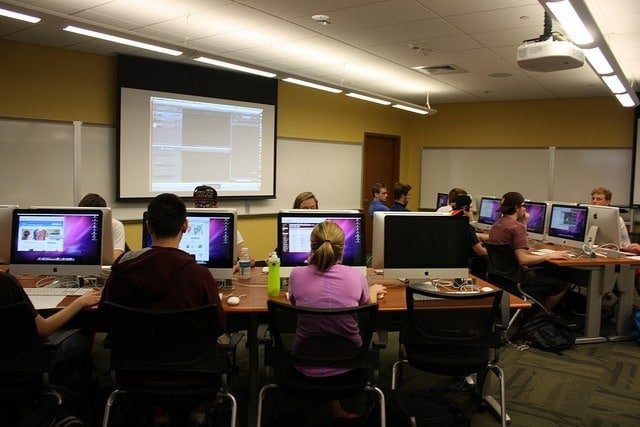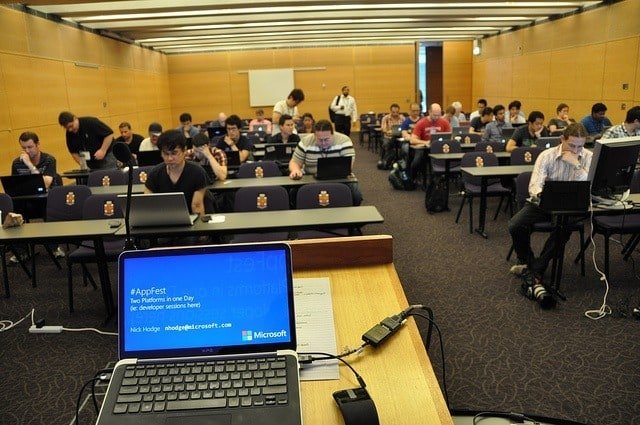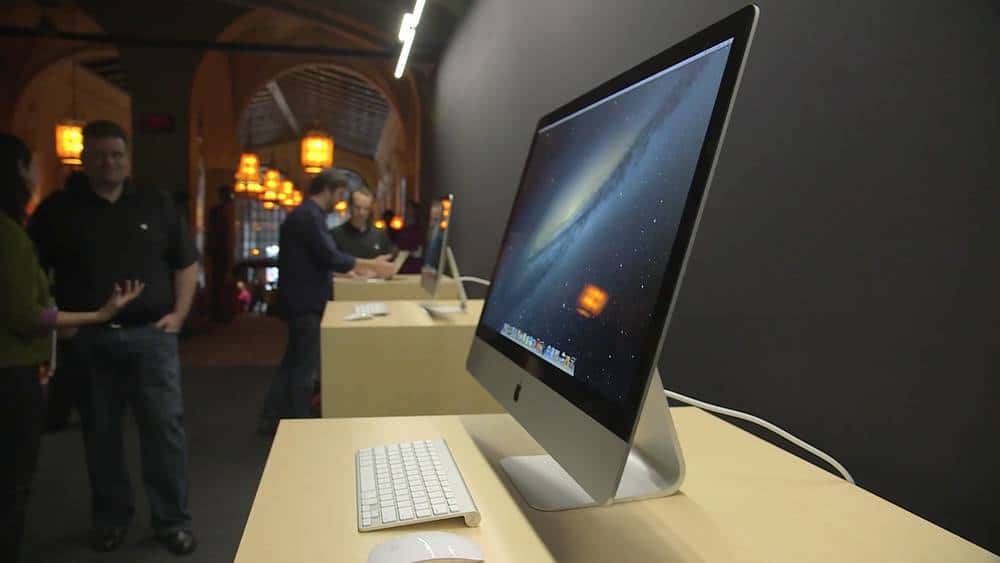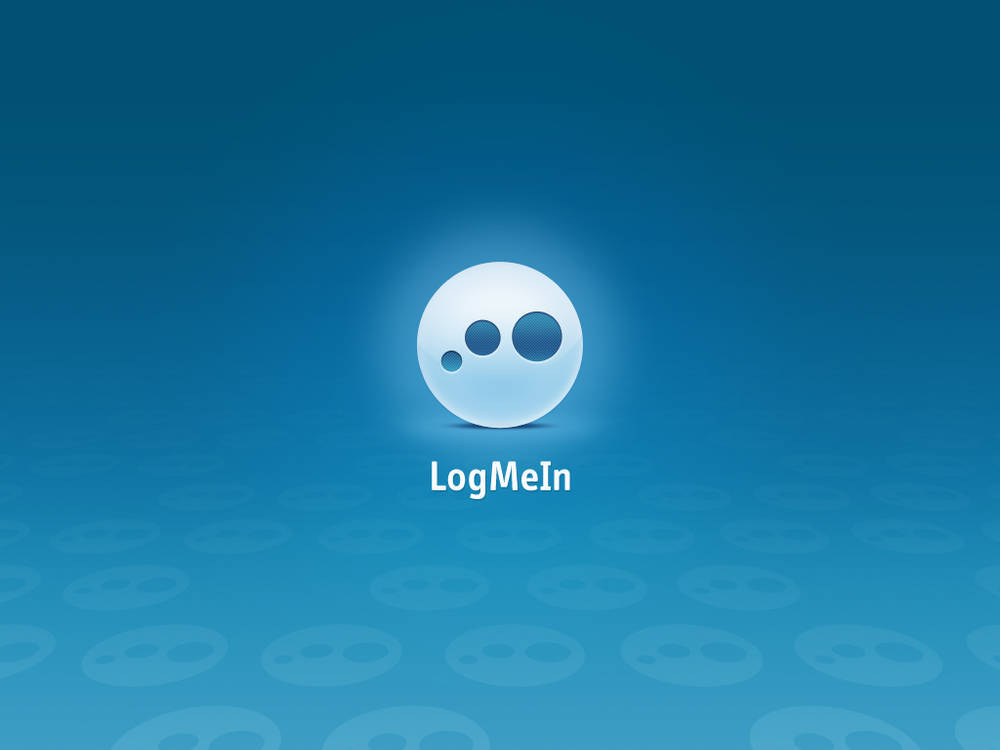Technology has been a friend of education for years. It started with the pen and paper and has developed with technology. Computers have been particularly useful when it comes to analysing datasets and presenting educational data in a range of different formats to students.
Specialising in audio visual products, ranging from public address system installations to educational video wall displays, GPS Installations help unpack the detailed history of the relationship between education and technology.
Ingeniously created with a piece of slate, James Pillans created the chalkboard in 1801 — where it all started. At this point, information could be dispersed to a group of students, and when this information was written down by everyone, it could be wiped off and replaced by new information. To personalise this experience, individual slates were given to children so that they could be involved in this activity.
After moving into the 20th century, projected images became accessible within classrooms. Invented in 1925, The Flimstrip Projector allowed students to be able to look at moving images in correlation with the subject they were being taught – something that made lessons more exciting by adding a visual representation of the knowledge being shared by teachers. The radio and the mimeograph — introduced in 1940 — were also innovative additions to technology in the classroom. This is because the radio was used to disperse information to other schools across the country, and the mimeograph allowed teachers to copy documents from a stencil.
Functioning as what we would call an old-fashioned ruler, the slide ruler was used in mathematics or adding and subtracting, which could also be used to solve more difficult mathematic problems. Superseding the earlier mimeograph machines, the photocopier was introduced in 1959, which has revolutionised the way that we share documentation to this very day.
Witnessing many years of innovative technological expansion, the years that followed were also game changers when it comes to technology within the classroom:

- 1960s. In this decade, the calculator was first introduced, however it didn’t really take off in classrooms for another ten years.
- 1970s. Used as a way of speeding up the marking process, the Scantron machine was introduced to mark exam papers and other forms of testing for use within the education system.
- 1980s. Around this time, personal computers were just becoming popular.
- 1990s. By this decade, the personal computer was being used within many households. Traditional blackboards were replaced by its interactive counterpart – the interactive whiteboard.
No decade has seen so much advancement in regards to technology as the 2000s, and this is down to the likes of smartphones, YouTube, tablets, laptops and other smart devices. When these technologies were first introduced, they weren’t viewed as something to be part of the classroom, but as the digital revolution has progressed – they have started to have an increased impact upon our classrooms.
Smart devices and touch screen technologies have revolutionised education because students can be more hands on and interactive with the resources they are using, and consequently what they are learning from. Teachers can also send students work via a Google doc, so this has strengthened the relationship these two groups have in terms of the work they can collaboratively produce through third party technologies and smart devices.
The reaction to these technologies is overwhelming positive in the US, as 86% suggested that technology was fundamentally essential to a student’s education. Furthermore, 92% believed that additional interactive technologies would better students’ education even further.
 Greater technologies within schools have also resulted in cost savings, and have also reduced costs in regards to text books and other educational documents. eBooks, or electronic copies of documents have meant that students have made a 33-35% saving as opposed to buying the physical copy. Whilst improving literacy and numeracy skills, studies have also shown that interactive tablets can also help a student’s chances of passing an exam.
Greater technologies within schools have also resulted in cost savings, and have also reduced costs in regards to text books and other educational documents. eBooks, or electronic copies of documents have meant that students have made a 33-35% saving as opposed to buying the physical copy. Whilst improving literacy and numeracy skills, studies have also shown that interactive tablets can also help a student’s chances of passing an exam.
Interactive technologies aren’t always a good thing though, as where technologies are more interactive, it also means that they can be more distracting. Social plays a big part in this; when students should be learning, they can just be using social apps. Studies conducted by A Common Sense Media have suggested that 71% of teachers believed that attention spans had been compromised by technology. In the digital age then, it is clear that we are yet to get the right balance between using technologies, but not to the point where students are distracted by them.
How can we ensure that our students can use interactive technologies without being distracted? Wi-Fi access, and how we limit it to students, is a crucial step in making sure that students remain engaged. Social media should be discouraged in schools, but technologies such as interactive whiteboards and display features should be encouraged within the learning environment to get the balance right to where it should be.



